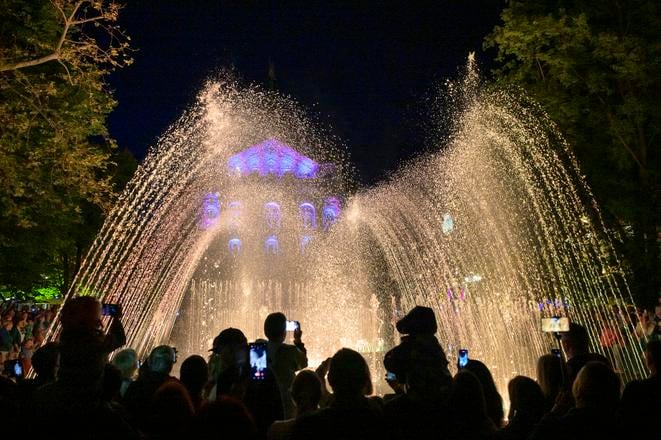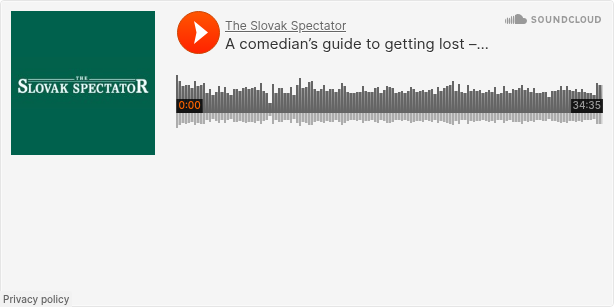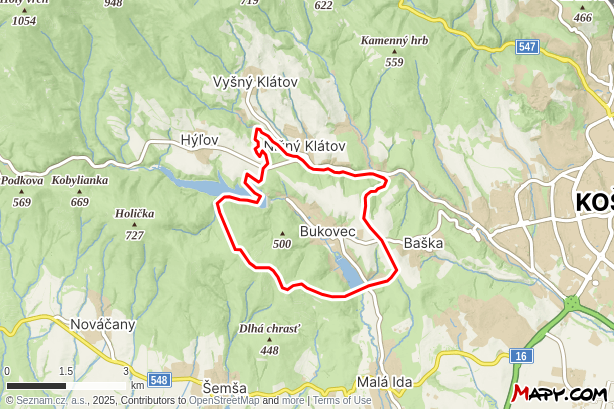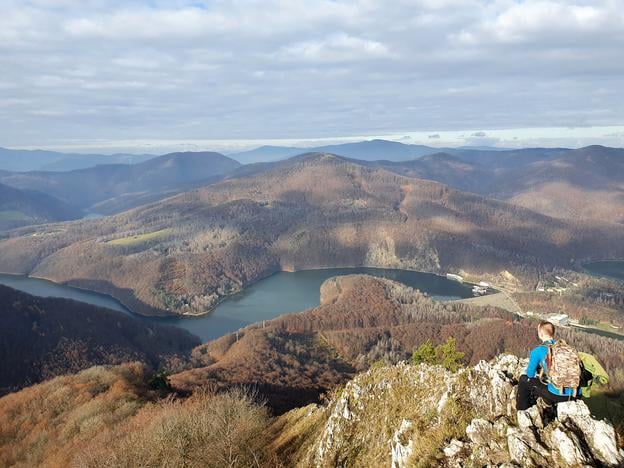Explore Košice with the Spectacular Slovakia travel guide.
Ever wondered what makes Košice, Slovakia’s second city, tick? Tucked away in the country’s far east, it is often overlooked by travellers – but to their own detriment. Košice is a delightful blend of eastern Slovakia’s small-town charm and a touch of metropolitan flair. Here, fine dining sits comfortably alongside traditional fare. Culturally, too, the city holds its own, offering everything from comedy and theatre to punk rock – more than earning its place among Europe’s mid-sized cities.
Comedian Diana Renner, a Košice native, appeared on Spectacular Slovakia, a podcast by The Slovak Spectator, to share her take on the city.
From midnight pizza to tomato beer
From the elegant Hlavná ulica (Main Street), lined with cafés, shops and the National Theatre, to smoky late-night bars, Renner, a performer with the popular comedy troupe Silné Reči, paints Košice as a city both accessible and surprising. “It’s so alive in summer, you can people-watch all day,” she says, recalling long afternoons spent on the city’s pedestrianised thoroughfare. Nearby, the imposing St Elizabeth’s Cathedral – the easternmost Gothic cathedral in Europe – anchors the skyline.
Yet Renner’s affection lies just as much in the city’s underground. She recalls ducking into Colosseum, a punk bar hidden behind an unassuming door on Dominikánske námestie (square). “You’d never think it goes anywhere, but inside it’s huge. Rock concerts, cheap beer, and you can still smoke,” she says. “I didn’t even need to tell my friends I was in town. I’d just go to Colosseum, and everyone was there.”
Other cultural venues such as Tabačka Kulturfabrik – known for its eclectic concerts and comedy nights – and the cinema-turned-club Úsmev (Smile) round out her picks. For food, Renner recommends Pán Ryba (Mr Fish) on Mlynská Street for its seafood and tripe soup, and Brewery Hostinec – the oldest restaurant in Slovakia – for craft brews, including a tomato beer she cheerfully compares to “fizzy gazpacho”.
Late-night hunger? Head to The Beer House, where she and her father still order pizza at midnight. Childhood memories of dancing by the singing fountain on Hlavná ulica resurface – even if “it’s never in rhythm with the music,” she jokes.
Day trips from Košice
Renner also shares ideas for day trips just beyond the city. She recommends the Ružín dam – 20 minutes by car – for boating and lakeside meals at her mother’s restaurant, Bradan. Bukovec, a village near Košice, offers forest walks and swimming, while a hike to Sivec (781 m) rewards climbers with sweeping views at sunset. “It’s about an hour and a half up,” she says. “A bit steep, but doable.” Another worthwhile hike is to Folkmarská Skala, which rises to 915 metres.
A former haunt from her school days also gets a mention: the Mikulášova väznica torture and prison museum. “I used to be scared to go there, but now I know it’s just fake. Though, I guess it used to not be fake,” she muses.
What sets Košice apart, she believes, is its walkability. “It’s smaller than Bratislava, so you can walk everywhere. And there’s less traffic.” That ease of access, combined with its layered character – historic yet offbeat – gives the city a distinctive rhythm.
Getting there
Reaching Košice is simpler than it may seem. Renner recommends taking the train above all: a five-hour journey from Bratislava that winds past the High Tatras and Liptovský Mikuláš. First-class tickets cost around €25, and trains run hourly from early morning until early evening. The station is a short walk from the city centre.
Within Košice, public transport can be less reliable for newcomers. “Google Maps doesn’t know Košice’s trams and trolleybuses,” Renner warns, urging visitors to consult printed timetables at stops. Driving from Bratislava via southern Slovakia takes about five hours, while flights from Vienna to Košice though shorter in the air - can be less convenient overall. “There’s far less stress when taking the train,” she says.
Buses from the main station connect to out-of-town spots like Bukovec and Ružín, but timetables should be checked in advance. Carpooling apps such as BlaBlaCar are widely used and offer a more scenic journey through Slovakia’s varied landscapes.
Spectacular Slovakia travel guides
A helping hand in the heart of Europe thanks to our Slovakia travel guide, with more than 1,000 photos and hundreds of tourist spots.
Our detailed travel guide to the Tatras introduces you to the whole region around the Tatra mountains, including attractions on the Polish side.
Lost in Bratislava? That's impossible with our City Guide!
See some selected travel articles, podcasts, traveller info as well as other guides dedicated to Nitra, Trenčín Region, Trnava Region and Žilina Region.





